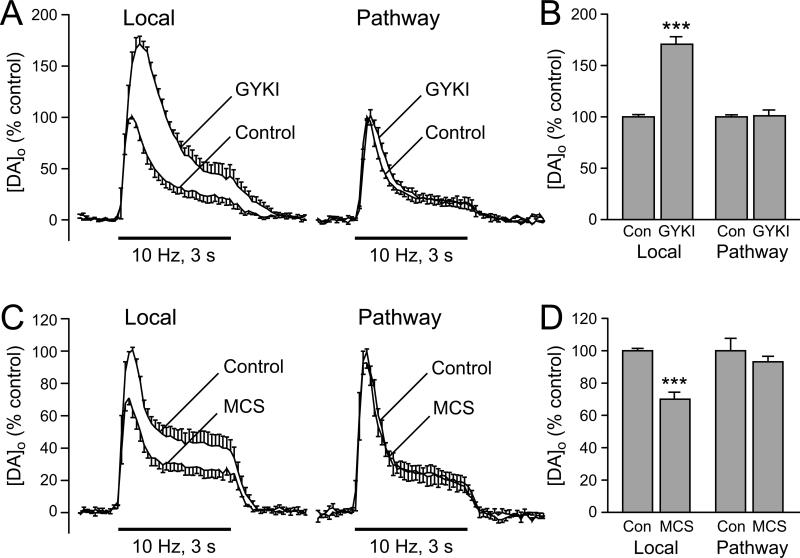Figure 7. Modulatory H2O2 is not generated in striatal DA axons.
A) Average extracellular DA concentration ([DA]o) versus time profiles evoked at a single site by alternating local and pathway stimulation (30 pulses, 10 Hz) in the absence and presence of an AMPAR antagonist, GYKI-52466 (GYKI; 50-100 μM) (n = 6). B. Summary of the effect of GYKI on peak [DA]o evoked by local and pathway stimulation; control peak evoked [DA]o for either local or DA pathway stimulation is 100%. Blockade of AMPARs caused a significant increase in [DA]o evoked by local stimulation but had no effect on pathway-evoked DA release (n = 6; ***p < 0.001 vs. local control). C. Average [DA]o versus time profiles evoked at a single site by alternating local and pathway stimulation in the absence and presence of the GSH peroxidase inhibitor mercaptosuccinate (MCS; 1 mM) (n = 6). D. Summary of the effect of MCS on peak [DA]o at a given site evoked by local versus DA pathway stimulation; control peak evoked [DA]o for either local or pathway stimulation was 100%. MCS caused a significant decrease in [DA]o evoked by local stimulation but had no effect on pathway evoked [DA]o (n = 6; ***p < 0.001 vs. local control) (modified from Avshalumov and others 2008: copyright American Physiological Society, used with permission).

